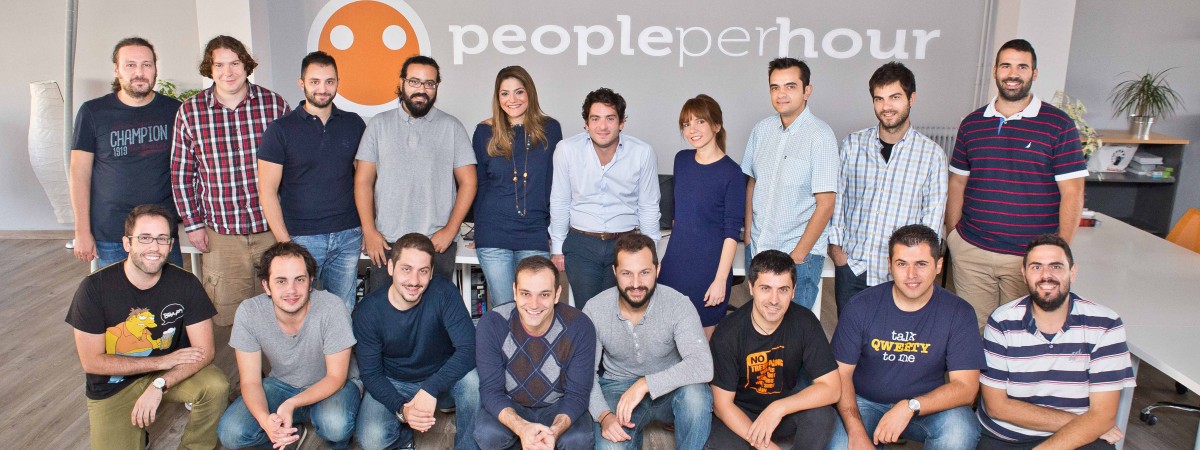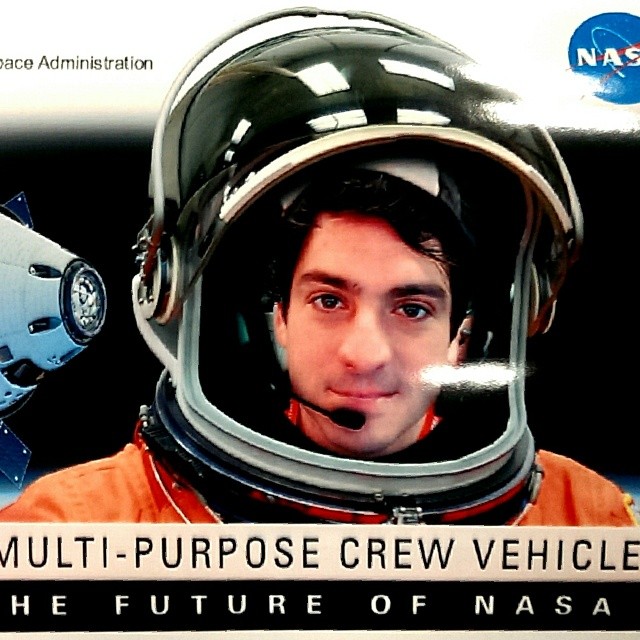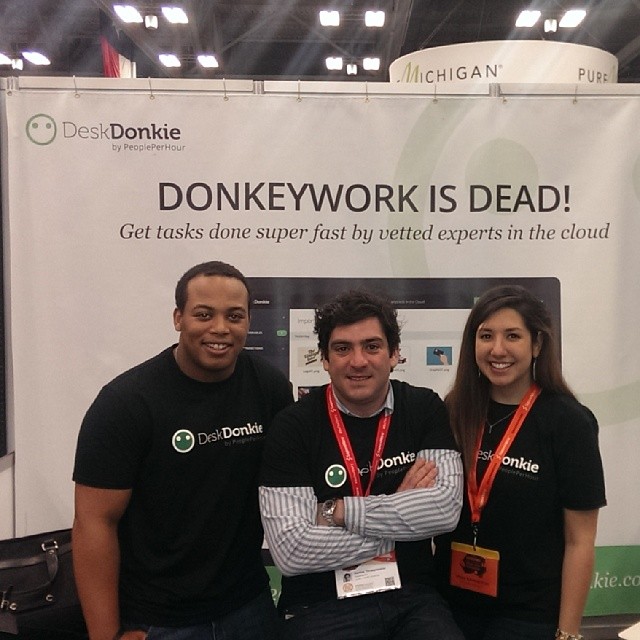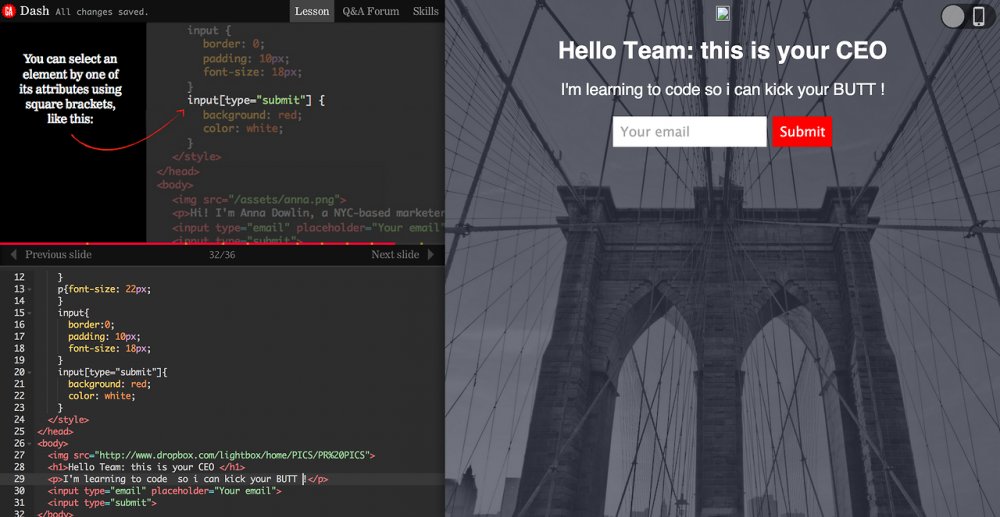The worth of software
I had an interesting debate this weekend with a friend of mine who’s also in tech which triggered this thought: will software in itself be worthless in the future?
The paradox is that software is finding its way into everything in our lives – from how we order food, a taxi, to how we run a business and increasingly recreation, gaming, education… virtually nothing is left untouched by software. And as hardware becomes more pervasive it literally will be distributed everywhere, from our attire to our kitchen appliances, the couch we sit on, the toys we play with and so on.
Yet the cost of writing software is also dropping exponentially, or seen conversely, the ease of writing software is increasing exponentially. The cost of building a simple website in 1995 was easily in the tens of thousands, would have taken months and would require deep technical knowledge. Today anyone can build a website for free on sites like Wix.com, or WordPress, or even from scratch with minimal coding. Or if you’re lazy you can hire someone for a few hours on PeoplePerHour.com and be done with it within hours.
Moore’s Law, one can argue, applies to software too. But whereas for hardware what powers that is advancement in microprocessor technology, in software it’s mainly the open source phenomenon.
Coders are willing to work on projects for free, for the greater good of the community. Equally the sheer number of coders is increasing exponentially as writing software becomes easier and easier and penetrates into our earlier education system. Kids now can write programs that were a challenge to software engineers in the 90s. That trend will only grow.
Microsoft which arguably was the first software company has been battling with this for decades as has its founder Bill Gates who’s always been very vocal about coders writing software for free. Yet the business model of selling pure software has been undermined largely by that trend. Operating systems, word processors and spreadsheets are now accessible for free (Linux, Google docs is just one example of each). Microsoft in the end had to adapt its business model – arguably the most powerful business model in the world to date – to survive and launched Microsoft 365.
That’s scary: even the most powerful business model in the world, that created the worlds richest man (or vice versa arguably:) was eventually undermined and had to adapt.
Equally, compilers that translate code to a functioning program have – and will carry on – becoming more sophisticated. Its quite imaginable that soon we will be able to input English language which gets translated into the end product by the magic black box in-between. The need to be able to code in zeros and ones (Assembly Language) has already become virtually extinct. The first coders had to write in zeros and ones; now there’s a myriad of ‘higher level languages’. The cap for that trend is simple written language – the first language we learn as kids. So if one can explain what is needed to be done by the program, the compiler will do the rest.
Seen differently, we’ve gone from a world where companies had to go to specialist to write their software – the Accentures & IBMs of this world – and spent hundreds of millions on bespoke systems that enables their business to function. Now, they can rent Software as a Service (SAAS) at a click and tailor it to their needs with very little coding needed.














